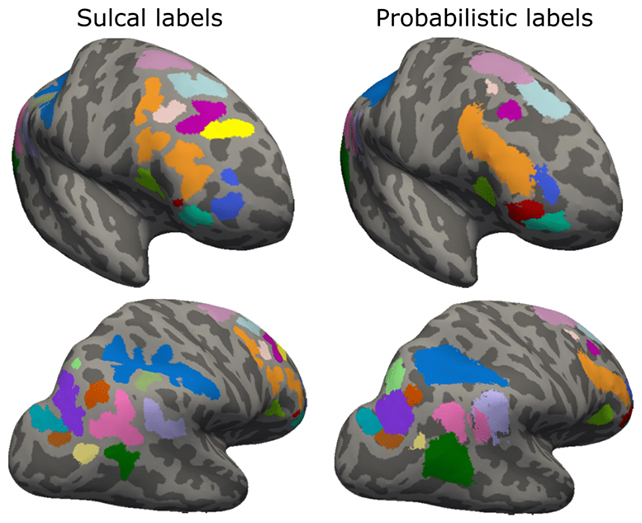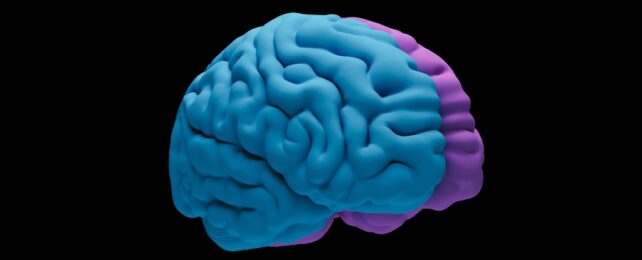The folds and ridges of the human brain are more complex than any other in the animal kingdom, and a new study shows that this complexity may be linked to the brain's level of connectivity and our reasoning abilities.
Research led by a team from the University of California, Berkeley (UC Berkeley) looked at the brain shapes and neural activity of 43 young people, and in particular the lateral prefrontal cortex (LPFC) and lateral parietal cortex (LPC) – parts of the brain that handle reasoning and high-level cognition.
The grooves and folds on the brain are known as sulci, with the smallest grooves known as tertiary sulci. These are the last to form as the brain grows, and the research team wanted to see how these grooves related to cognition.

"The hypothesis is that the formation of sulci leads to shortened distances between connected brain regions, which could lead to increased neural efficiency, and then, in turn, individual differences in improved cognition with translational applications," says neuroscientist Kevin Weiner, from UC Berkeley.
The analysis revealed each sulci had its own distinct connectivity pattern, and that the physical structure of some of these grooves was linked to the level of communication between brain areas – and not just areas that were close to each other.
It adds to the findings of a 2021 study carried out by some of the same researchers, which found the depth of certain sulci are associated with cognitive reasoning. Now we have more data to help scientists understand why that might be.
Between 60 and 70 percent of the brain's cortex (or outer layer) is hidden away inside folds, and these patterns change with age too. Tertiary sulci can vary significantly between individuals as well.

"While sulci can change over development, getting deeper or shallower and developing thinner or thicker gray matter – probably in ways that depend on experience – our particular configuration of sulci is a stable individual difference: their size, shape, location and even, for a few sulci, whether they're present or absent," says neuroscientist Silvia Bunge, from UC Berkeley.
It's clear from this research that the peaks and valleys of these brain structures are much more important than previously realized. They're not just random folds used to pack brains inside skulls – and may have evolved in certain directions over time.
Going forward, the researchers have big plans when it comes to studying brain grooves. Eventually, it's possible that a map of these sulci could help in assessing brain development in children and spotting neurological disorders.
There's a lot more work to do before that can happen though, and the researchers are emphasizing that brain fold length and depth are just two of many factors involved when it comes to our cognitive abilities.
"Cognitive function depends on variability in a variety of anatomical and functional features," says Bunge.
"Importantly, we know that experience, like quality of schooling, plays a powerful role in shaping an individual's cognitive trajectory, and that it is malleable, even in adulthood."
The research has been published in the Journal of Neuroscience.
